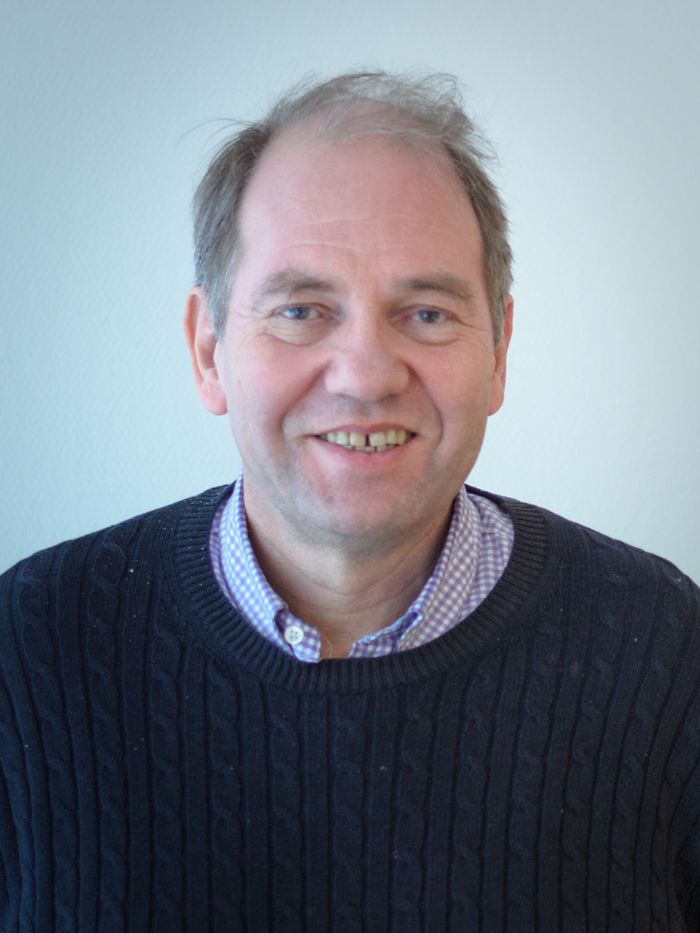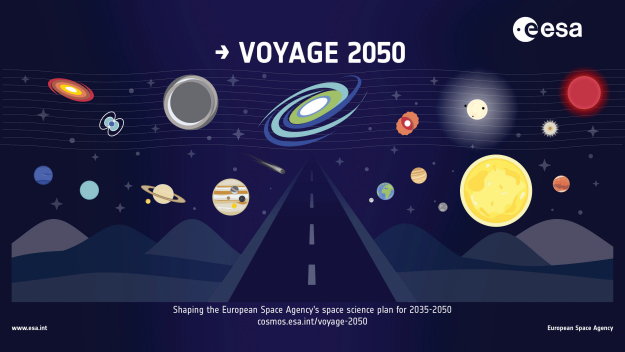
In 1984, the European Space Agency, ESA, presented its first long-term plan for space science, Horizon 2000, which was followed up with Horizon 2000 Plus in 1994/1995, which' missions are now coming to a conclusion.
ESA's science missions to be launched in the period 2020 - 2035 were initiated in 2005 through the plan Cosmic Vision 2015 - 2025. The planning for the period 2035 - 2055 was initiated by a community-wide call for white papers and for membership in topical teams in 2019, leading to the plan Voyage 2050, approved in June 2021.
In this seminar I will describe the evolution of ESA's Space Science Programme, emphasising the Voyage 2050 plan and what opportunities it may give.
